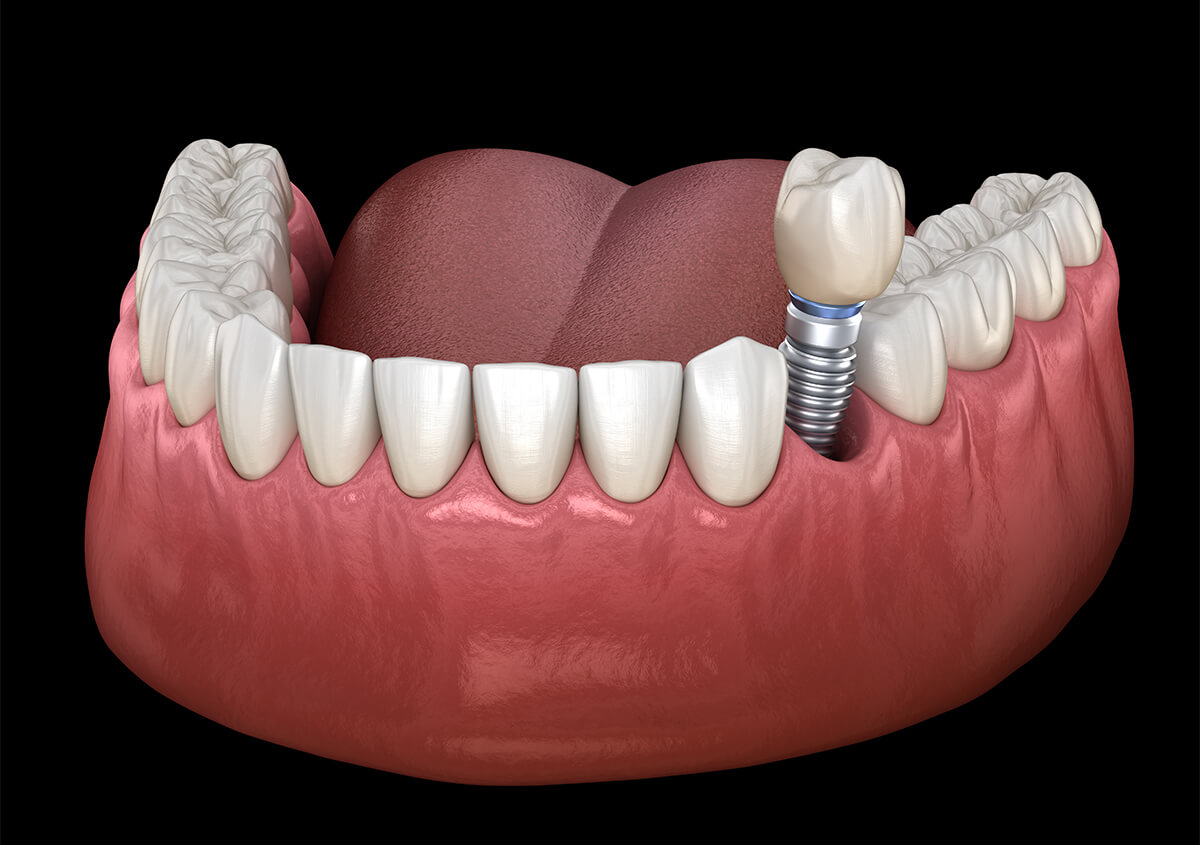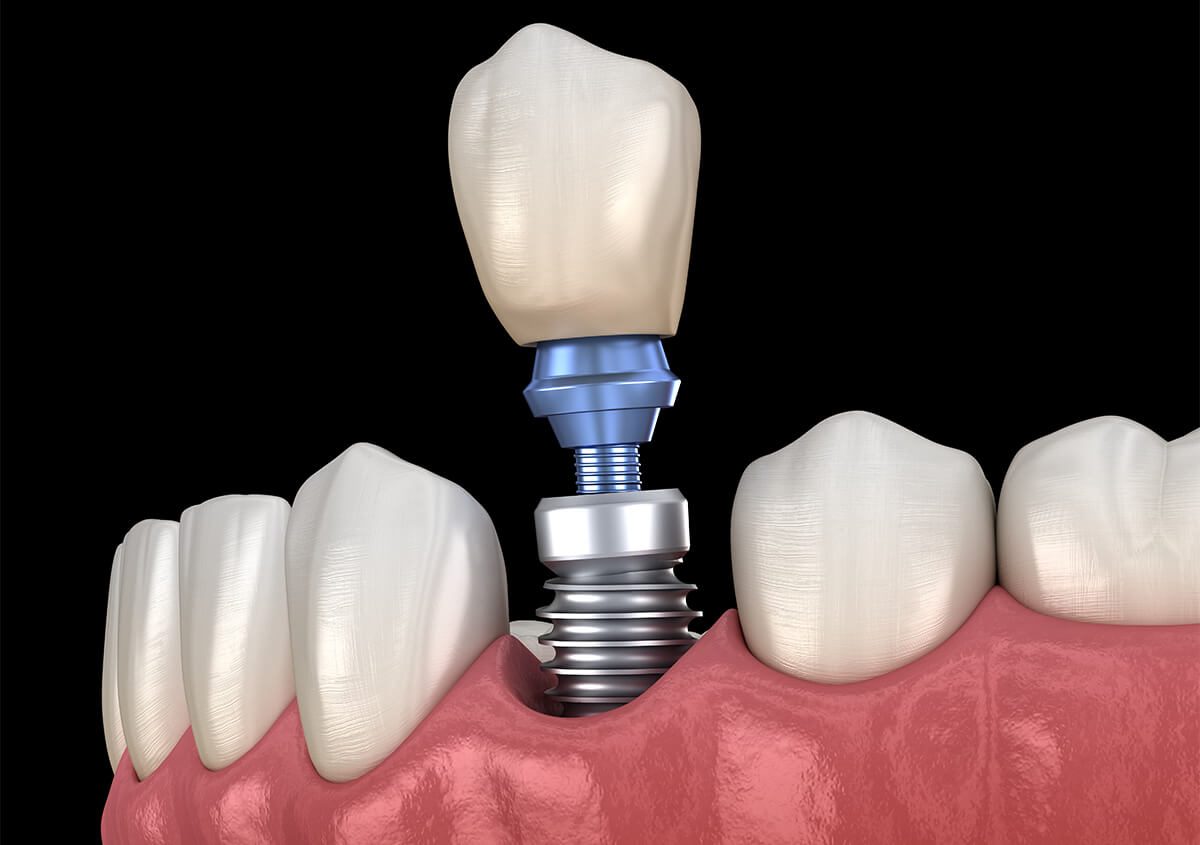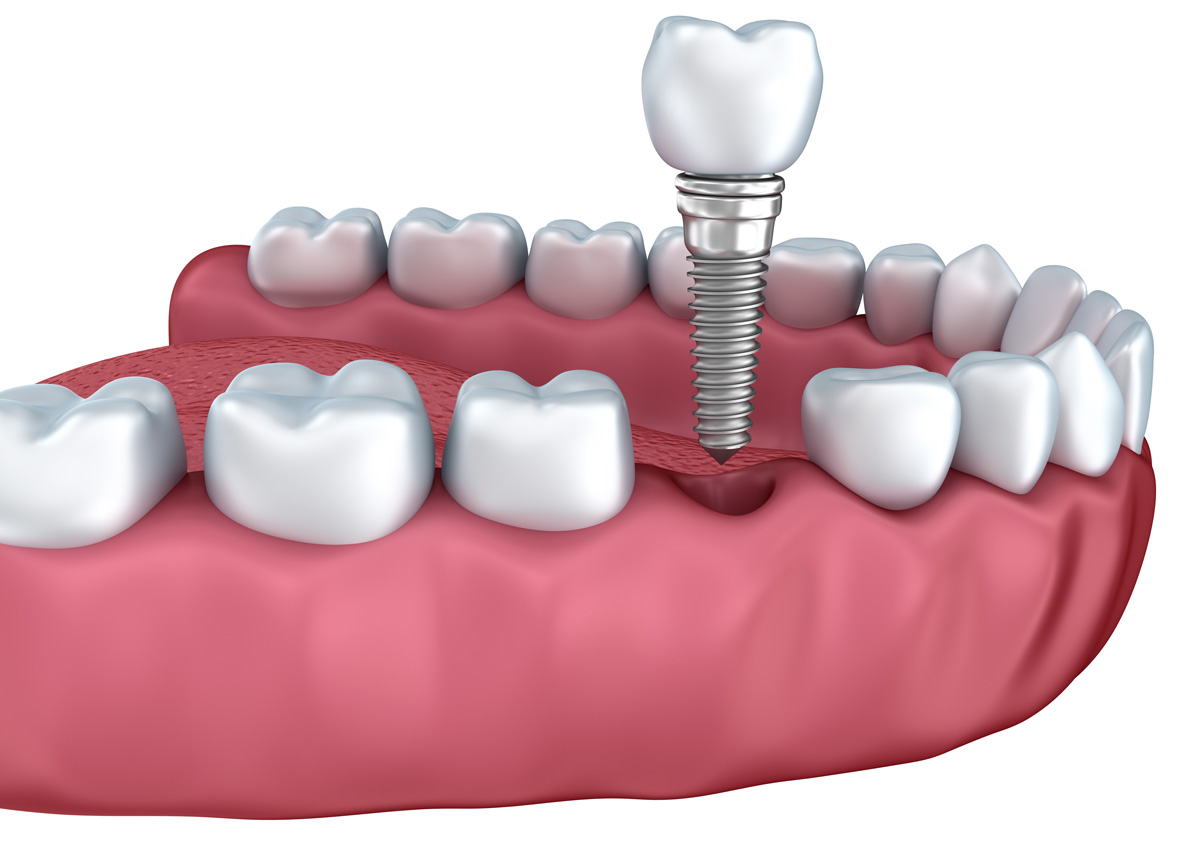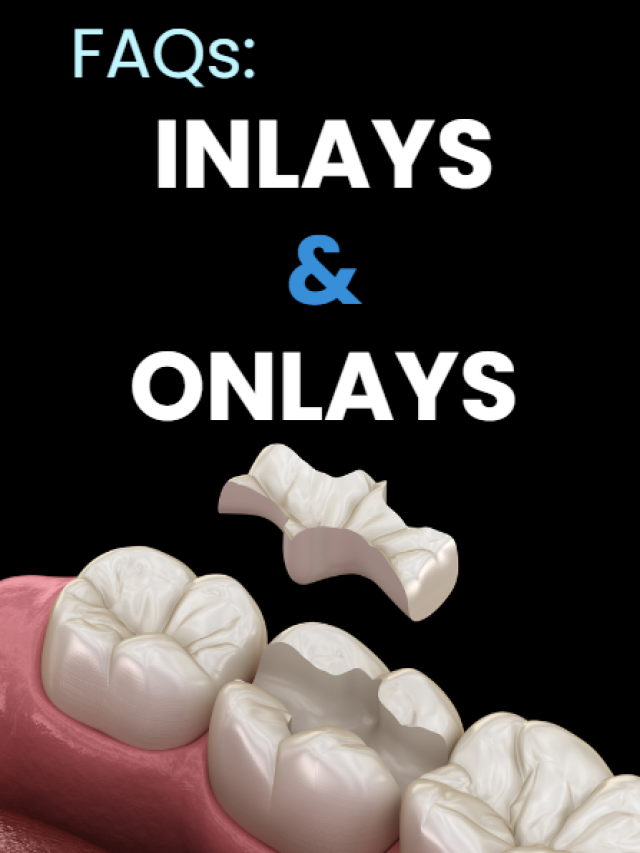Enjoy permanent teeth replacement with implants at Beverly Hills, CA area dental practice
At Beverly Hills Advanced Specialties of Dentistry, patients of the Beverly Hills, California area can seek the assistance of Drs. Frank Vidjak and Fanny Yacaman. These dentists are excited to offer a wide selection of treatment options for patients to choose from to improve their smiles. While teeth are meant to last a lifetime, problems can occur over the years, including infection, disease, and decay, which can impact the natural adult teeth. They can sometimes result in a patient losing a tooth or requiring the extraction of a tooth. When this happens, patients need to work with their dentist to determine the best course of action for replacement. For many patients who visit our facility, dental implants are a recommended solution.
What is a dental implant?
Drs. Frank Vidjak and Fanny Yacaman describe the dental implant as a synthetic tooth root that looks like a small post and is made of titanium. Titanium is a metal that is biocompatible with the body, which is why it is a common choice for bone and joint implants used in other areas of medicine. The post is placed into the bone of the jaw, where it can become strong and stabilized due to osseointegration (stimulated bone growth). Once the dental implant is in place within the jaw, it can then be restored over the top abutment to replace one or more teeth.
How many teeth can dental implants replace?
There are a few ways in which the dental implant can be restored to replace one or more teeth:
- A dental crown – the placement of a dental crown on the abutment of the dental implant is commonly used for replacing a single tooth.
- A dental bridge – one or more teeth in a row can be replaced when a dental bridge is placed over the top of the dental implant abutment.
- Dentures – implant-retained dentures are a highly desirable method of replacing an entire arch of teeth without having to mess with traditional full dentures and poor stability and strength. A custom denture is made to snap into the dental implants along the arch for the best functionality.
Are you considering permanent teeth replacement options such as dental implants?
Connect with Drs. Frank Vidjak and Fanny Yacaman of Beverly Hills, California, to discuss this and other alternative solutions available at the practice. The office can be reached at (310) 878-6455 and is conveniently located at 465 N. Roxbury Drive in Suite #703.

Losing a tooth or several teeth can be difficult. Here is how to change that.
Dental implants are titanium roots that are replaced within the jaw bones to resemble a tooth or a group of teeth. A screw is inserted into the gums and into the jaw bone. A porcelain crown is then attached to the screw to become the new tooth or teeth. They can be used to support dental prestices including crowns dentures and bridges. Today’s treatments are so natural looking no one will know you had surgery. There is approximately a 95 percent success rate for all implants with modern advancements in dentistry some implants can be restored immediately with life like all porcelain crowns. For more details ask your dentist.
Frequently asked questions
A dental implant is a titanium device that replaces the tooth’s root. An abutment joins it to the crown. When the repair is done, the dental implant and prosthetic tooth will function similarly to the natural tooth.
The dental implant can be rebuilt to restore one or more teeth
Dental implants can support a single dental crown, a dental bridge, or a complete denture, and if properly cared for, they can last a lifetime.
Dental implants are screw-shaped rods placed into the jawbone to resemble the root of a tooth. A single implant is required for a single missing tooth; however, crowns and complete dentures can be placed on 2-6 implants in a single treatment.
Because implant-supported teeth replace both the visible part of the tooth and the stabilizing tooth roots, they provide many benefits, including a natural appearance, a natural feel in the mouth, optimal function, they stop or prevent devastating bone loss and support the strength of the bone in the jaw.
The skilled doctors at our practice are Frank M. A. Vidjak, DDS, MSEd and Fanny Yacaman, DDS, MSEd, MS.






















